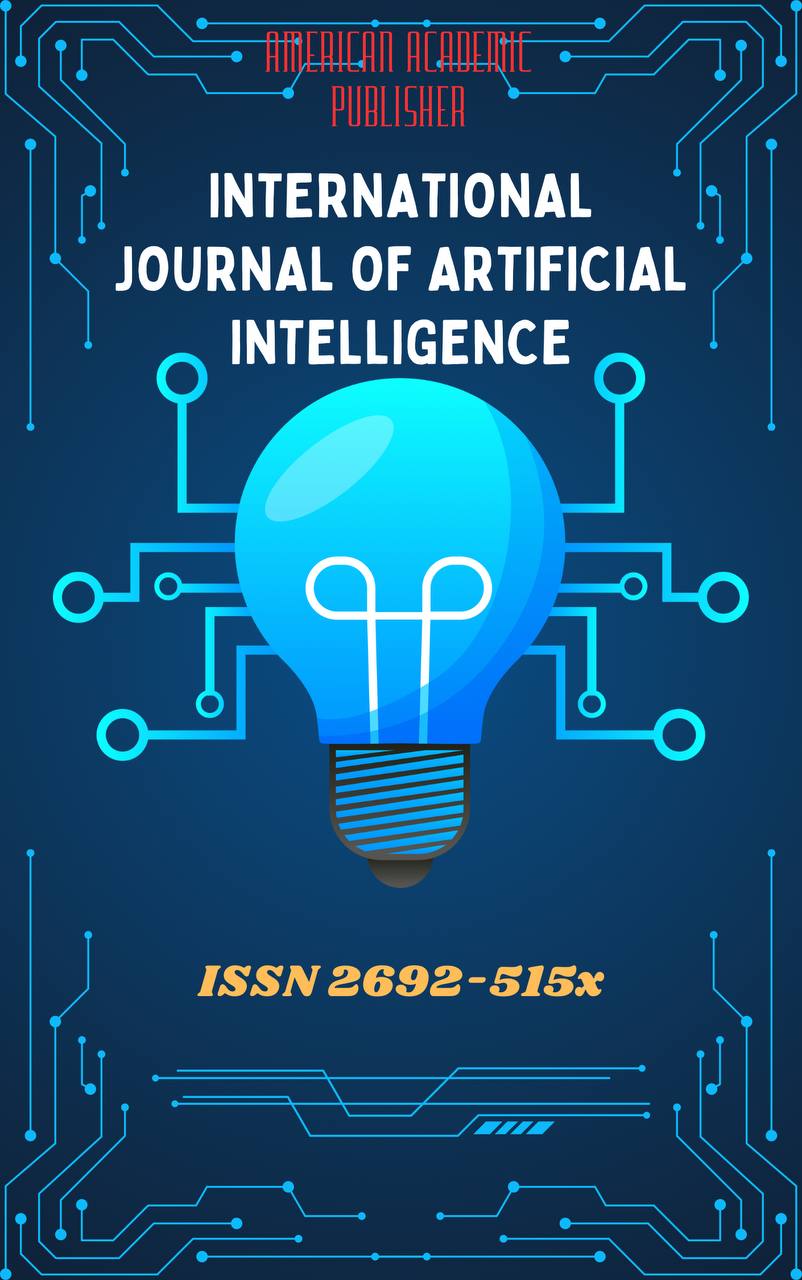 Articles
| Open Access |
Articles
| Open Access | EFFECTIVE METHODS OF TEACHING LITERACY TO PRIMARY SCHOOL STUDENTS
Tursunov Jakhongir Panjikhonovich,Nozima Bahriddin qizi Abdujabborova , Lecturer at the Department of Mathematics and Native Language Education in Primary School/This is to acknowledge that is currently a 3rd-year studentAbstract
This article explores effective methods of teaching literacy to primary school students. It highlights the importance of using age-appropriate and interactive approaches to enhance reading and writing skills among young learners. The study focuses on phonetic, visual, and game-based strategies that contribute to the development of basic literacy competencies. Furthermore, the article discusses the role of the teacher in motivating students and creating a supportive learning environment. The effectiveness of integrating modern educational technologies and differentiated instruction in literacy education is also emphasized.
Keywords
literacy, primary education, effective teaching methods, phonetic approach, visual learning, interactive learning, early childhood education, reading and writing skills, differentiated instruction, educational technology.
References
Bear, D. R., Invernizzi, M., Templeton, S., & Johnston, F. (2020). Words Their Way: Word Study for Phonics, Vocabulary, and Spelling Instruction (7th ed.). Pearson Education.
Tompkins, G. E. (2019). Literacy for the 21st Century: A Balanced Approach (7th ed.). Pearson.
Rasinski, T., Padak, N., McKeon, C., Wilfong, L., Friedauer, J., & Heim, P. (2017). The Effects of Reading Fluency Instruction on Academic Achievement in Primary Grades. Journal of Educational Research, 110(6), 642–650.
Snow, C. E., Burns, M. S., & Griffin, P. (1998). Preventing Reading Difficulties in Young Children. National Research Council. Washington, DC: National Academies Press.
Ehri, L. C. (2005). Learning to read words: Theory, findings, and issues. Scientific Studies of Reading, 9(2), 167–188.
Vygotsky, L. S. (1978). Mind in Society: The Development of Higher Psychological Processes. Harvard University Press.
Article Statistics
Downloads
Copyright License

This work is licensed under a Creative Commons Attribution 4.0 International License.

